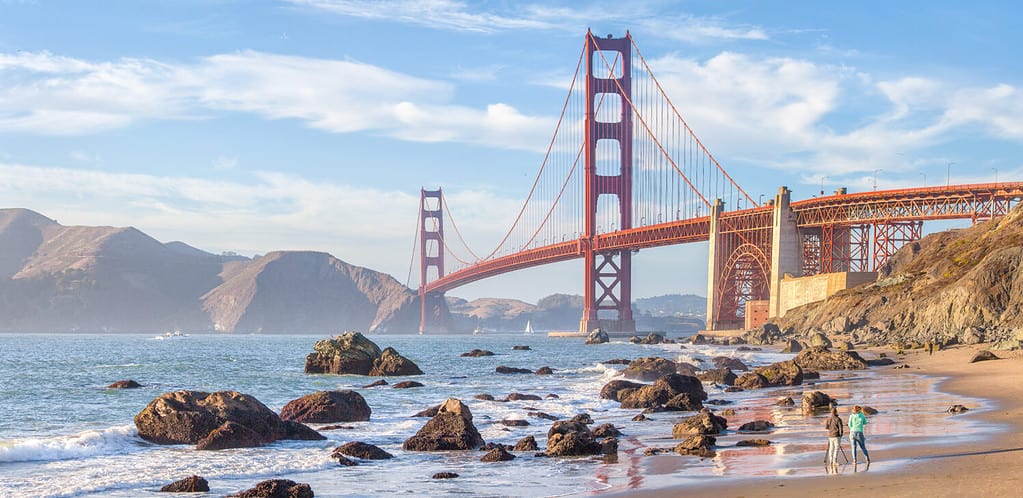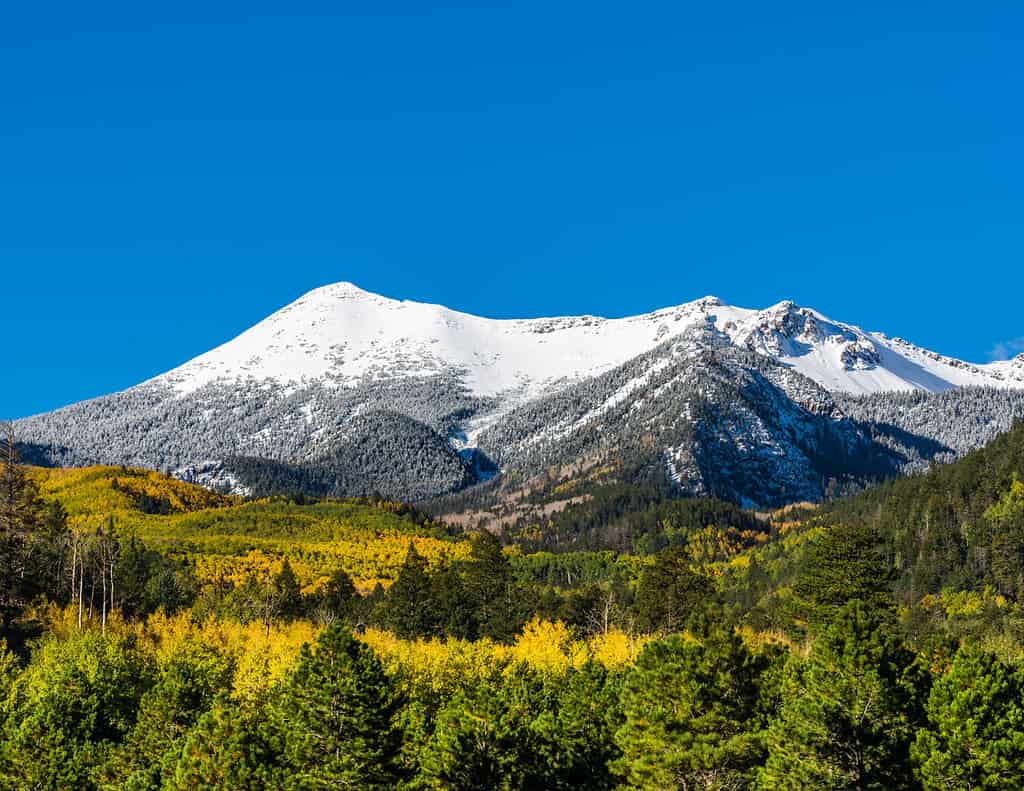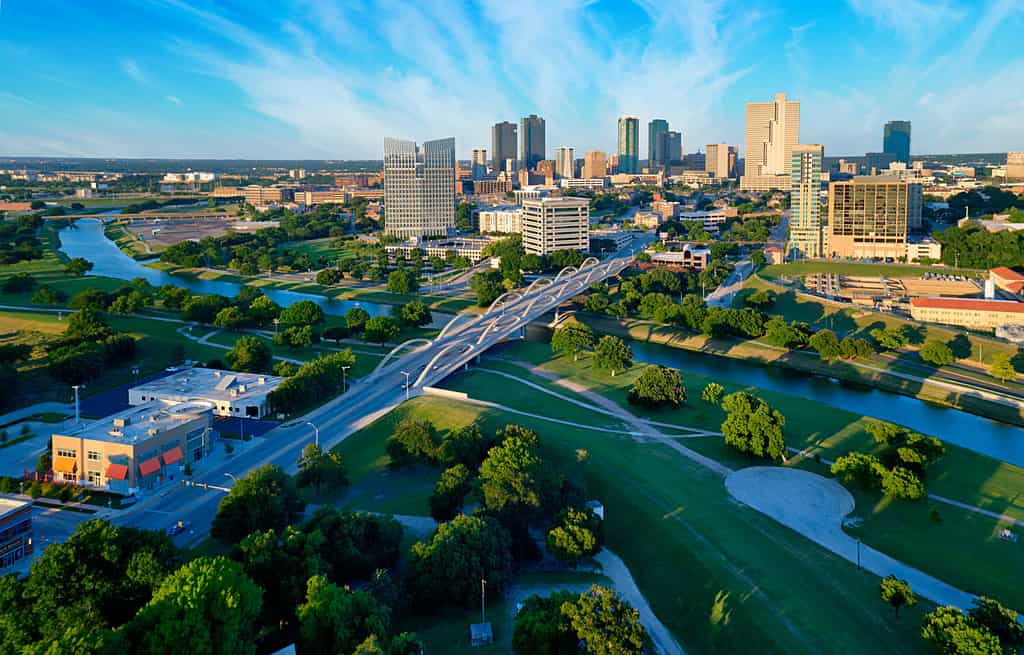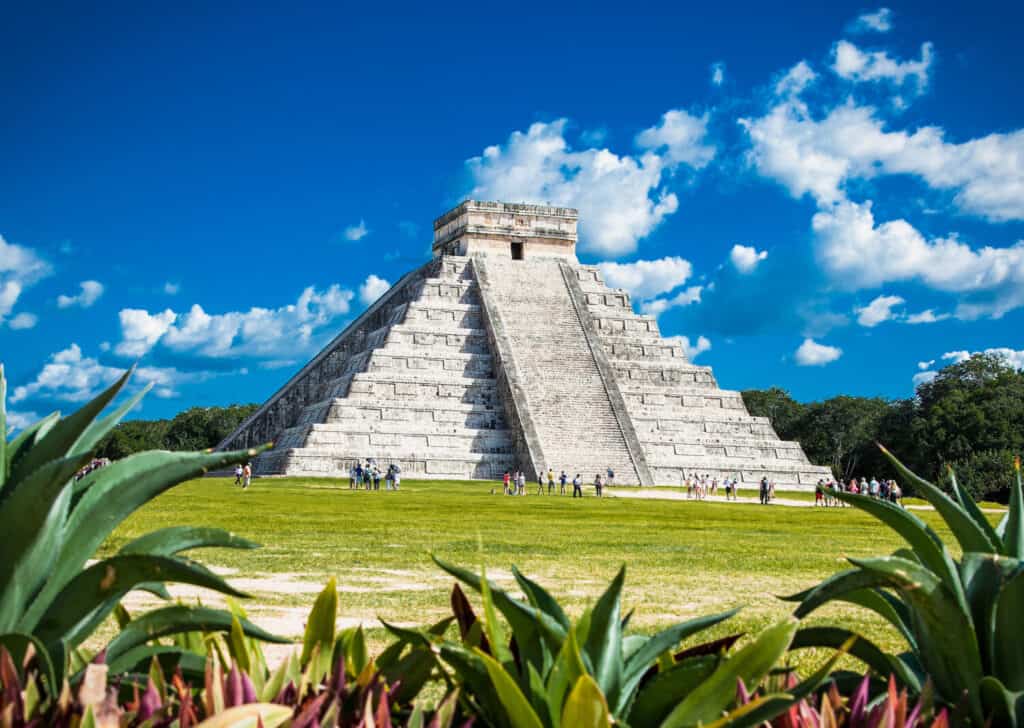Mexico is a country rich in cultural heritage. It is a country that is filled with colors, delicious food, and fascinating history. Although some people think that Mexico is just a place to lay on the beach and drink beer, the country is so much more than that.
Civilizations lived in Mexico for thousands of years before the Spanish arrived to conquer them. Spanish Explorer Hernan Cortes defeated the Aztecs because he had a superior military (guns, and horses), he had made deals with other tribes who were enemies of the powerful Aztecs, and the Spanish brought diseases that the Indigenous population was susceptible to.
On August 13, 1521, Cortes completed his conquest and decided to eradicate Aztec culture. He built the capital of New Spain on top of the Aztec capital of Tenochtitlan. The Spanish instructed priests to force the Native people to adopt the Catholic religion and even built churches on top of pyramids. The time was gruesome for the Native people and an ugly time in history. The Spanish ruled Mexico for 300 years. On September 16, 1810, Catholic priest Miguel Hidalgo claimed independence and for several years, Mexican forces fought against the Spanish.
Mexico gained its independence and became an independent country. In the aftermath of the Mexican-American War, Mexico lost over half of its territory to the US. But they forged on and by the turn of the century, Mexico was at the height of economic, political, social, and industrial change.
As Mexico borders the US, the country’s neighbor heavily influences Mexican pop culture. Likewise, Mexican culture and cuisine have greatly influenced the southwestern states. Let’s take a look at Mexico’s neighboring states, which include California, Arizona, New Mexico, and Texas.
California

The majestic Golden Gate Bridge, located in San Francisco, is one of the seven man-made wonders of the world.
©canadastock/Shutterstock.com
California is north of Mexico. The Baja California peninsula straddles the border of California and shares a tiny sliver with Arizona. California used to be part of Mexico, but after the Treaty of Guadalupe, the US annexed more than 55% of Mexico’s land. California and Baja California cooperate regularly in terms of the environment, the economy, and security. The San Diego-Tijuana Border Crossing is the busiest in the world.
California is known for Hollywood, the capital of the entertainment industry. The state is also known for its amazing beaches, great surf, and tons of outdoor activities. The state is also a top producer of wine, and it’s the number one producer of avocados in the country.
California is also the site of the first desegregation case in the nation. In 1929, the Lemon Grove School Board (a school board located in a city east of San Diego), decided they were going to convert an old barn for the Mexican students. At the same time, the white students would enjoy the privilege of staying in the brick-and-mortar school. Mexican parents protested and went to court. In 1930, the Judge ruled in favor of the Mexican students and parents.
The other attractive thing about California is its climate. Southern California has near-perfect weather all year long. In the northern parts, however, you can find diverse climatic regions that can be gloomy and rainy. Both California and Baja California encounter several natural disasters — flooding from excess rain, earthquakes, and wildfires. Several hundred fault lines are along both borders and earthquakes are recurring throughout the year. Wildfires have also increased in recent years due to climate change and arid weather conditions.
Arizona

The state of Arizona is home to many famous people including veteran and senator, John McCain, who was a presidential candidate in 2008.
©Kyle Benne/Shutterstock.com
Arizona borders the states of Sonora and Baja California and the border between them is mainly desert. There are several key border crossings along international lines like the one in Nogales, Sonora, and Nogales, Arizona.
Arizona became a state in 1912 and is the 48th state admitted to the union. Roughly six million people are living in the state and its most populated city, Phoenix, is also the capital of Arizona. For thousands of years, many Native American tribes lived in Arizona including the Hopi, Navajo, Zuni, and Apache tribes. After the defeat of Mexico in the Mexican-American War, the US acquired Arizona and it officially became a territory in 1863.
Most of Arizona’s weather is arid, except for the northeastern part, which is mountainous, wet, and humid. One of Arizona’s famous natural formations, the Grand Canyon, gets more than five million visitors each year.
New Mexico

The Manhattan Project was developed in New Mexico in the 1940s, which produced the atomic bomb.
©iStock.com/Sean Pavone
New Mexico borders the states of Sonora and Chihuahua, but there are no major crossings like the ones in Texas or California. The border between both countries is mainly desert. The state became part of Mexico after the country’s independence from Spain. After the Mexican-American War, the US annexed New Mexico and the rest of the American Southwest.
New Mexico can be divided into three geographical regions. The northern part of the state is mountainous because of the Rocky Mountains. Toward the eastern part, there are plains and plateaus. In the southwest, it’s mostly desert and the Rio Grande runs through it. New Mexico is a biodiverse state where you can find different species of animals, like black bears, cougars, and coyotes. When it comes to flora, there’s an abundance of cacti succulents in the southwestern portions of the state. You can also find piñon pine, Rio Grande cottonwood, and New Mexico olive trees.
Texas

The state of Texas is the second-largest state in the US in terms of area.
©Barbara Smyers/Shutterstock.com
Texas borders the Mexican states of Chihuahua, Coahuila, Nuevo Leon, and Tamaulipas. Much of the border between Texas and Mexico is a natural border created by the Rio Grande. After Mexico took over the country from the Spanish, there was an uprising from Texans in the mid-1830s. They wanted their independence from Mexico and after several defeats, including the Battle of the Alamo in San Antonio, Texans eventually succeeded. Texas became a sovereign nation in 1836, but it was short-lived as it decided to join the US in 1845.
Most of Texas is lowlands, plains, or desert where you can find many ranches. The only mountainous region in Texas is in the northwest near New Mexico. Because Texas is so big, the wildlife is diverse, as well. You can find black bears, coyotes, and armadillos roaming around the state. Texas also boasts the most species of birds in the US.
Mexico Facts

Mexico is home to 12% of the world’s biodiversity, which makes it the 4th most biodiverse country in the world.
©Aleksandar Todorovic/Shutterstock.com
- Capital: Ciudad de México
- Population: 129.8 million
- Currency: Mexican Peso
- Official Languages: Spanish (de facto)
- President: Andres Manuel Lopez Obrador
Conclusion
The states that border Mexico include California, Arizona, New Mexico, and Texas. Mexico is a paradise with a unique heritage. The entire Mexican cuisine is a UNESCO World Heritage, the only cuisine in the world to have such a claim. Many problems plague Mexico like the increase in drug violence and political corruption. But through it all, Mexico is among the most patriotic countries in the world. They are proud to be Mexican because all in all, Mexico is a beautiful country.
Both the US and Mexico benefit from and influence one another. Many of the Southwestern states, which used to be part of Mexico, are heavily populated with Latinos of Mexican descent. These states are culturally diverse because of the diversity and culture of the people living there. If you get the chance to explore the American Southwest or Mexico, think about the history and culture that is deep-rooted in these places. And as always, make sure you eat something unique to those places on both sides of the border, like fish tacos in Ensenada or the famous California burrito.
Thank you for reading! Have some feedback for us? Contact the AZ Animals editorial team.








